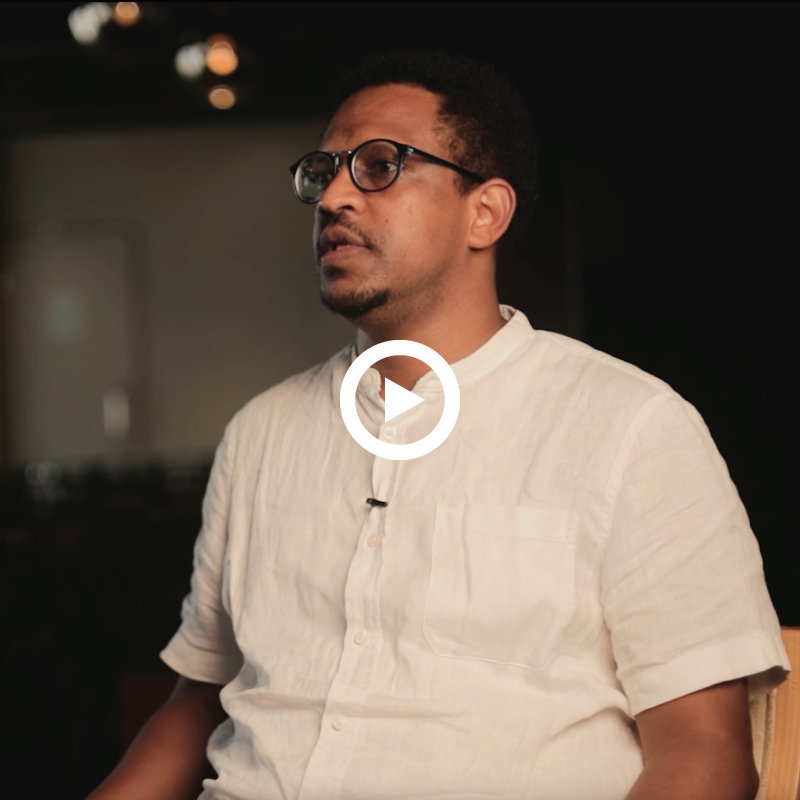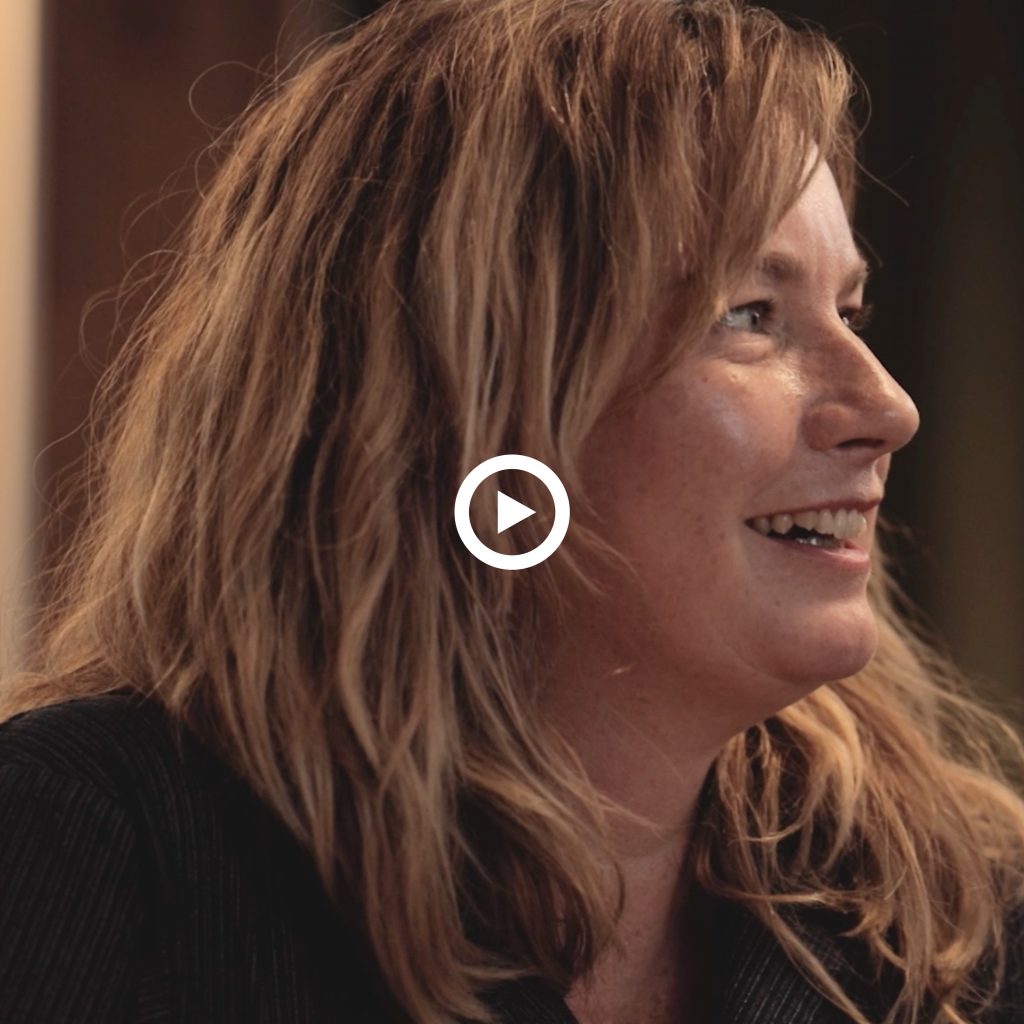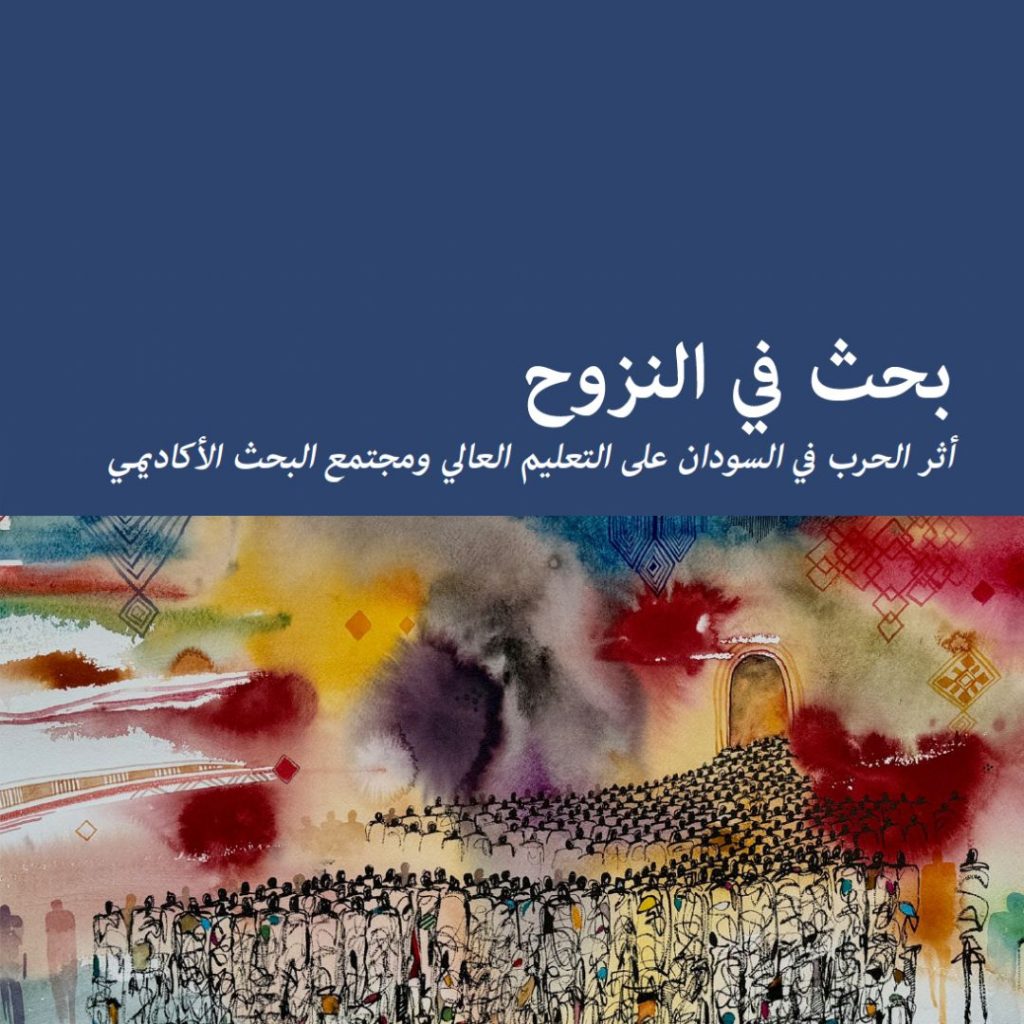Hassan Kochore | XCEPT

In this insightful interview, researcher Hassan Kochore shares his perspectives on the XCEPT programme’s impact in Northern Kenya and Southern Ethiopia. He highlights how borderlands are shaped by global, regional and local forces, especially by the communities themselves. Hassan discusses how XCEPT has effectively bridged the gap between research and policy through its innovative local […]
Why South Sudan’s Unity State is drowning in pollution

This blog is part of the XCEPT project carried out by the Rift Valley Institute between May and June 2024. In this blog, the researcher draws heavily on his data from field observation and conversations with the respondents during the research in Mayom and Rubkona counties of Unity State. The researcher is a citizen of […]
‘THE FUEL IS US’: WATER, OIL AND DEBT ON THE SUDAN-SOUTH SUDAN BORDERLANDS

South Sudan and Sudan’s borderlands are run by a patchwork of armed authorities. Since early 2019, when opposition forces were effectively wiped out, these zones of control have remained relatively fixed, even as the war in Sudan drew close to the Nuba Mountains. Although there have been changes since the onset of the war—including the […]
Conflict, displacement and children in paid work in the Sudan-South Sudan borderlands

In this blog, Manal examines the pressures forcing many displaced people, including children, to seek paid labour to supplement dwindling support mechanisms in camps in South Sudan. The author draws on her research in 2024 as part of the XCEPT programme. Child labour in the Nuba Mountains borders In 2011, a brutal conflict between Sudanese […]
RESTRUCTURING THE MARGINS: EMERGING POLITICAL ORDERS IN KENYA’S BORDERLANDS

During the past decade, northern Kenya’s peripheral border counties have become key to the central state’s political and economic agenda. This synthesis report therefore uses the concept of ‘restructuring the margins’ to unpack the findings of two case study reports exploring how political decentralization, coupled with cross-border, national level and county-level dynamics, impact borderland trade […]
Who Controls the Borderlands? Rents, debts and the role of political and commercial elites on the Kenya-Ethiopia and Sudan-South Sudan borders

Format: Hybrid EventDate: Tuesday, 18 February 2025Time: 10:30 AM – 12:30 PMVenue: BIEA Seminar Room, Laikipia Road, Kileleshwa, Nairobi and Online Borderland revenues, routes and controls are at the heart of state projects on the margins in Kenya and South Sudan. New XCEPT research examines the evolution of border controls and revenue generation projects on two crucial borders in the region. These […]
INFORMAL TRADE, GENDER AND CONFLICT DYNAMICS ON THE NEW KENYA-ETHIOPIA TRADE CORRIDOR

This report examines the effects of infrastructure development and shifting political conditions on trade and conflict at the Kenya–Ethiopia border, including on gender dynamics. In doing so, it focuses on how small-town cross-border traders in the town of Moyale, which straddles both countries, are navigating the area’s shifting economic and political landscape. This report is […]
Dissemination and Policy Workshop | 4th December 2024 | Addis Ababa, Ethiopia

On 4th December 2024, the Rift Valley Institute (RVI) hosted a regional workshop in Addis Ababa bringing together researchers, policymakers and practitioners to discuss cross-border dynamics in the Horn of Africa. The event explored conflict, governance and economic flows in border regions highlighting key research findings and policy recommendations to support peace and development. Watch […]
النزوح أثر الحرب في السودان على التعليم العالي ومجتمع البحث الأكاديمي

ويبينار تاريخ: الخميس 14 نوفيمبر 2024 ساعة: 2-4 مساء في القاهرة مكان: اونلاين في زوم منذ أن اندلعت الحرب في الخرطوم في 15 أبريل 2023، واجه سكان السودان سلسلة من المآسي والتحديات التي لا توصف. فقد شردت الحرب ملايين الأشخاص، و من بينهم أكاديميون وباحثون سودانيون. مما عنى نقص في الدراسات و البحوث الخاصة بالوضع […]
بحث في النزوح

أثر الحرب في السودان على التعليم العالي ومجتمع البحث الأكاديمي ملخص تنفيذي خلف اندلاع الحرب في السودان في أبريل 2023 دماراً ومعاناة لا حصر لها، مما شكل تهديداً لمؤسسات مهمة على امتداد القطر. ومن ضمنها مؤسسات التعليم العالي السودانية، التي لم تواجه تدميراً للمنشآت المهمة فحسب، لكن أيضاً النزوح الجماعي للطلاب وهيئات التدريس. يقيّم هذا […]
